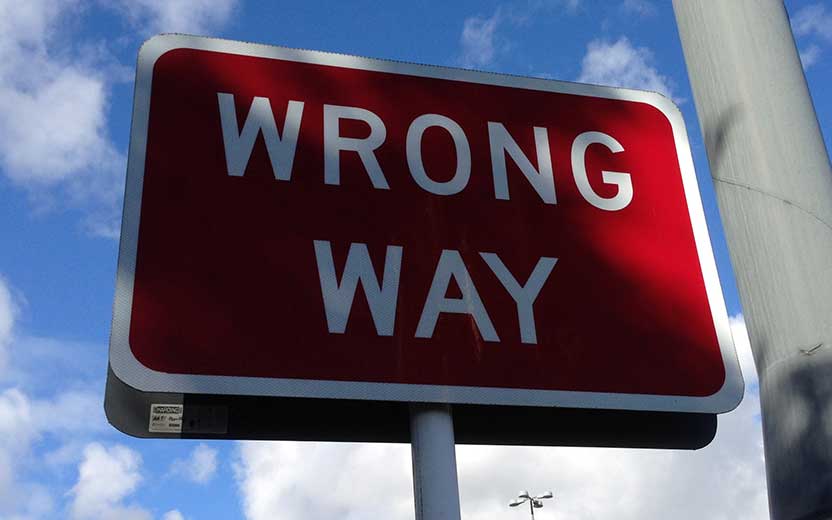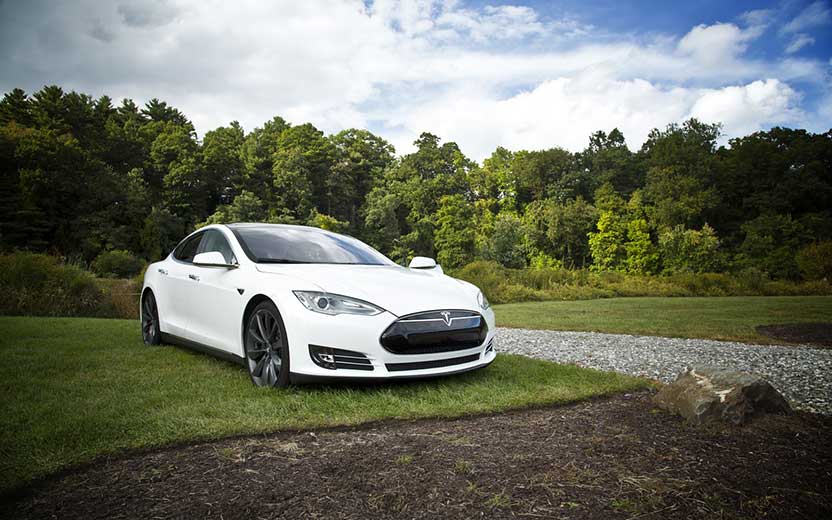By Marcus Fernandez
There’s a reason you see so many motorcycles on the roads in Florida. The perfect year-round weather allows riders to enjoy the scenery and open roads that offer beachside spots to stop. Florida’s popularity for riding is evident with its 668,046 registered motorcycles. Only one other state surpasses the Sunshine State in motorcycle registrations.
Florida remains a top travel destination for motorcycle enthusiasts from all over the country. The influx of motorcycles ridden or trailered to the Sunshine State increases the number of motorcycles on the roads. More bikes sharing roadways with other vehicles makes Florida one of the leading states for motor vehicle accidents.
May is Motorcycle Awareness Month — help raise awareness of motorcyclists’ and other drivers’ role in preventing motorcycle crashes. There were 9,522 motorcycle crashes in Florida investigated by state and local law enforcement agencies in 2023. These crashes resulted in 604 fatalities and 8,189 injuries.
What follows is an in-depth exploration of the causes of motorcycle crashes. This aims to empower drivers with a clearer understanding of the behaviors that cause accidents between motorcycles and other vehicles. It includes an explanation of the rights motorcycle riders and their passengers have when injured in a traffic collision caused by the negligent behavior of other motorists.
Motorcycles are fun to ride but hard for drivers to see
Motorcycle riders relish the freedom of movement they gain from being unencumbered by a steel frame, unlike traditional vehicle drivers. Motorcycles can be difficult to see because they lack the bulk of a steel frame and body. Motorcyclists can easily disappear into a car’s blind spots unless drivers actively make an effort to watch out for them.
Riders need to be aware of blind spots and make an effort to avoid lingering in them. Adjusting a motorcycle’s speed or lane position can keep a motorcycle out of a car’s blind spot. This is especially true when a driver is not paying attention to the rider’s presence.
All vehicles have blind spots. Cars have them on both sides, but large vehicles, such as tractor-trailers, have areas in the front and rear. Drivers often face limited visibility unless trucks have special mirrors enabling them to see both the front and rear.
Side and rearview mirrors can be adjusted to allow drivers to see at least a portion of trucks or passenger vehicles that enter a blind spot. The smaller size of motorcycles compared to most cars means they might go unnoticed when they’re in a driver’s blind spot. The other characteristic of motorcycles that make them difficult for drivers to see is their quickness and ease of maneuverability.
Drivers typically glance at their mirrors to check for vehicles. Regrettably, a motorcycle can swiftly slip into a blind spot between glances, potentially going unnoticed. Failing to see a motorcycle enter a blind spot can result in an accident when a driver changes lanes.
Drivers can reduce the risk of a blind spot collision. Do this by exercising extreme caution when motorcycles are nearby and by taking the following precautions:
- Check blind spots before merging or changing lanes: Blind spots should be checked immediately before moving from a travel lane. If necessary, to get a better view, drivers should turn their heads for a quick look.
- Adjust mirrors before starting a trip: Position the side and rearview mirrors to give you the best view by cutting down on the size of blind spots.
- Avoid distractions: Distractions increase the chance of a driver missing the presence of a motorcycle entering a blind spot.
- Use directional signals when changing lanes: Turn on your turn signal before changing lanes to give a motorcycle rider in a blind spot enough time to sound a horn or move out of the way.
Motorcycle riders need to take responsibility for avoiding blind spot accidents by making adjustments in how they ride, including:
- Know the location of blind spots and avoid them: Riders need to be aware of blind spot locations on cars and trucks and avoid positioning their motorcycles in them. Motorcyclists must take action by either accelerating or slowing down to avoid getting caught in a blind spot.
- Be aware of lane position: Riding in the middle of a lane rather than the edge closet to vehicles in the adjoining one makes a motorcycle more visible to drivers.
- Signal lane changes: Motorcycle riders should signal before changing lanes and avoid entering a lane in a position that places them in another vehicle’s blind spot.
Drivers and riders need to be aware of each other. They also must share responsibility for modifying their behaviors to avoid blind spot accidents.
Motorcycle crashes have a higher fatality rate
A study of road accidents found that motorcycles had a fatality rate 28 times higher than cars and other types of passenger vehicles. The Centers for Disease Control and Prevention reports that using a motorcycle helmet is the most effective way to reduce riders’ and passengers’ fatalities and injuries. The CDC reported that helmets saved almost 1,900 lives in one year alone. They could have saved another 749 riders if they’d worn a helmet. Helmet effectiveness in saving lives is 37% for riders and 41% for passengers. They reduce the risk of injuries to the head and brain by 69%
Despite the proven effectiveness of DOT-compliant helmets in saving lives and reducing injuries, their widespread use remains far from common. Only 66.5% of riders and passengers wear a helmet, and only 18 states and the District of Columbia have laws requiring their use by all motorcyclists. The rest of the states, including Florida, require wearing a helmet by some riders, though not all.
Florida law requires operators and passengers to wear helmets that comply with federal safety standards. However, helmet use is optional for riders and passengers older than 21.
If a person older than 21 elects to ride without a helmet, they may do so as long as they have in force a medical benefits insurance policy for at least $10,000. The insurance policy pays the medical costs for treatment of injuries incurred by riders and their passengers in a crash.
The National Highway Traffic Safety Administration randomly selects helmets for testing. They can require recalls of helmets that do not perform according to federal standards. Helmets that do not conform to federal safety standards may fail to provide the protection needed.
Be aware of the factors contributing to motorcycle accidents
36% of motorcyclists who died in crashes didn’t have a valid license to operate a motorcycle. Though, it makes sense. Consider the skills a rider needs to operate a motorcycle safely. They are very different from those required to drive a car.
For example, leaning in the seat while steering a car along a winding road doesn’t affect how a car performs. How you lean on a motorcycle can mean the difference between making it around a curve or crashing. Operating a motorcycle safely requires practicing and learning the skills to steer, stop, and handle a motorcycle. This includes driving in all weather conditions. The written and skills tests you need to pass to obtain a motorcycle license or endorsement ensure that a rider has command of the basic skills and knowledge to operate a motorcycle.
In addition to being licensed and wearing a helmet that meets federal safety standards, the following behaviors contribute to the safe operation of a motorcycle:
- Do not drink alcohol or use drugs when riding: Consumption of alcohol or drugs can affect coordination and balance, which are essential to safely riding a two-wheeled vehicle while hands and feet control the brakes, throttle, and shift gears. Even prescription medications can affect a person’s ability to safely ride, so check with your doctor or pharmacist before riding after taking a medication prescribed by your doctor.
- Do not tailgate or exceed the speed limits: Stopping a motorcycle when traveling at high speed is challenging, even for an experienced rider. A sudden stop can easily cause a rider to lose control of the bike or be catapulted off of it.
- Avoid distracted driving and riding: Motorcycle riding requires full, undivided attention. Before diverting your attention from the road or engaging in anything other than actively handling the motorcycle, reflect on the minimal protection available to you in the event of an inevitable accident caused by distraction.
All of the tips for safe motorcycle operation also apply to drivers. Paying attention, obeying the laws, avoiding drugs and alcohol, and refraining from unsafe and reckless behaviors apply equally to drivers as much as they do to motorcyclists.
Get legal advice when injured in a motorcycle crash
Legal advice and skilled representation are available at KFB Law. When you are injured through the negligence of another party, contact us for a free consultation and advice about your legal right to recover compensation.


